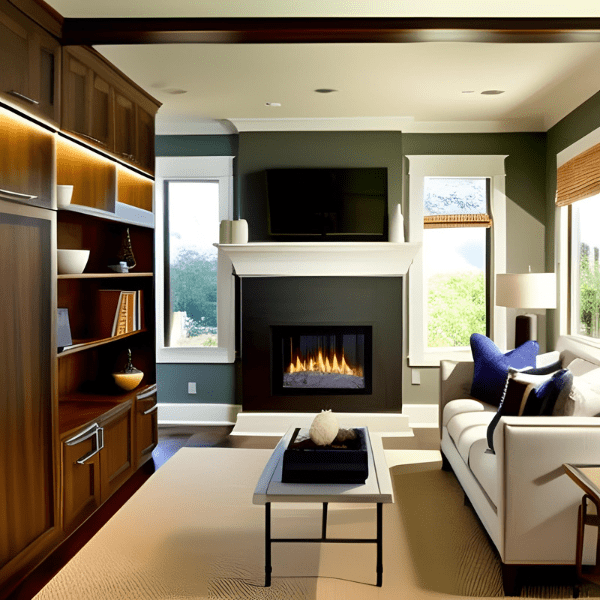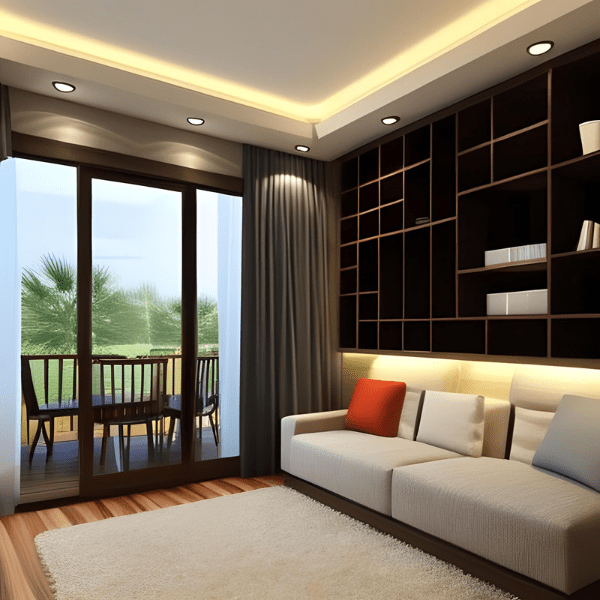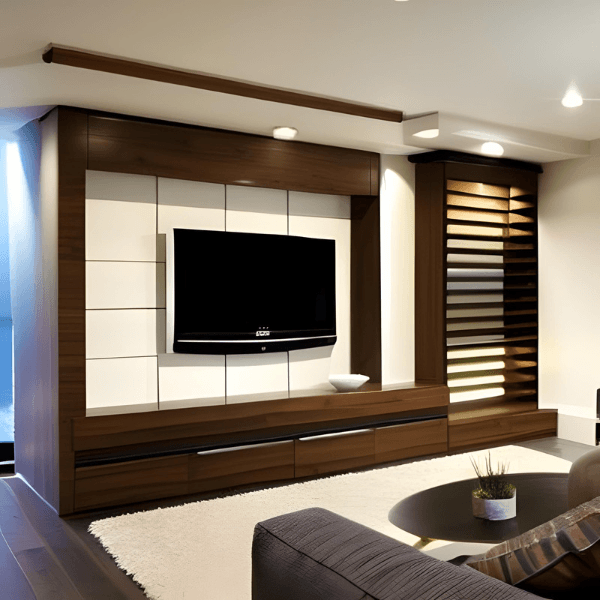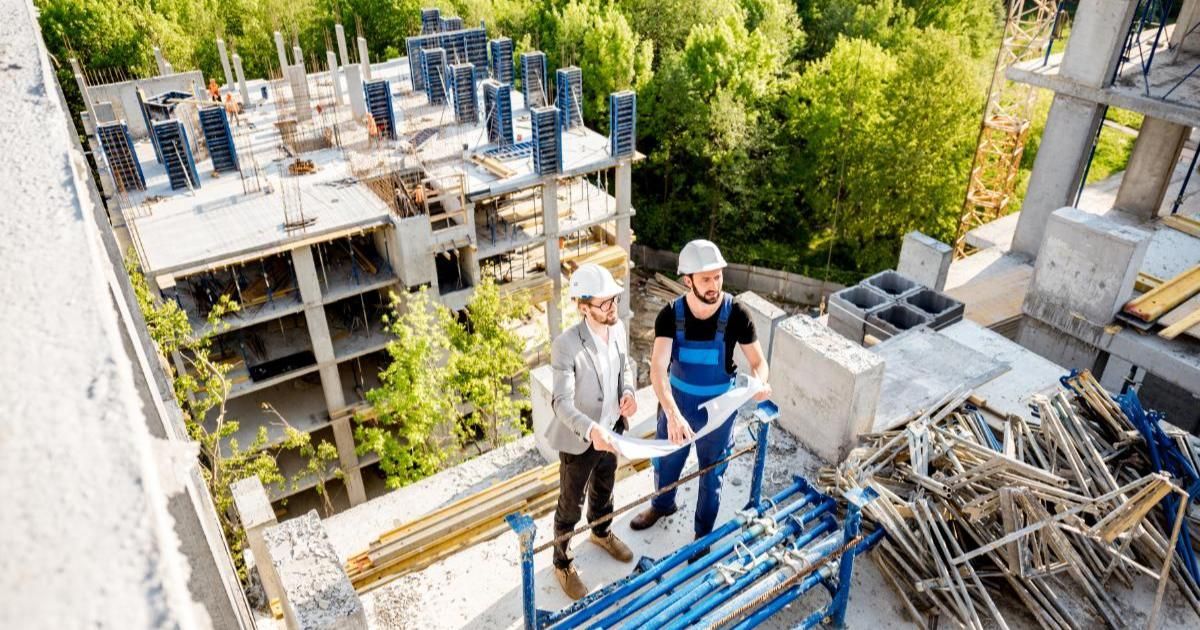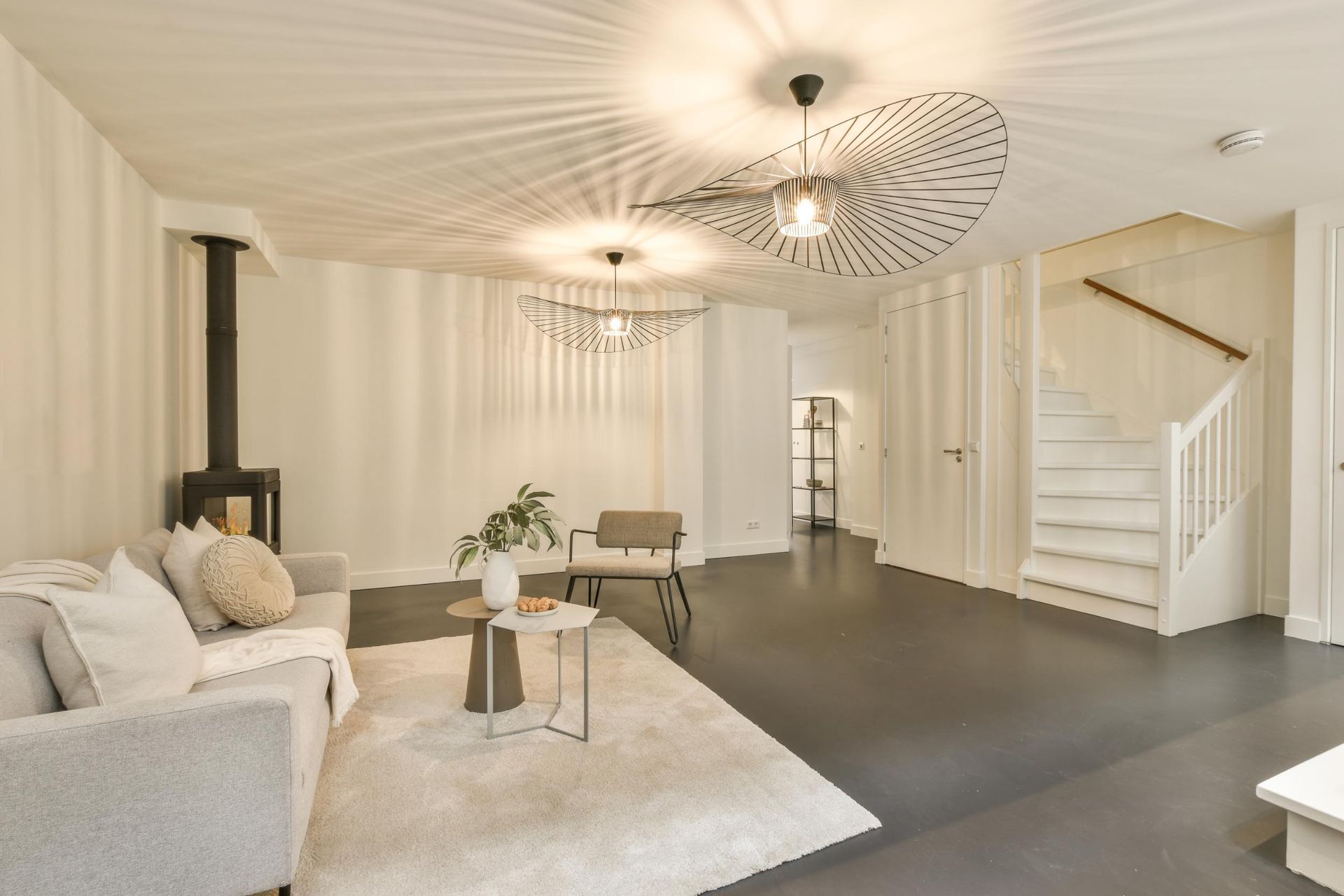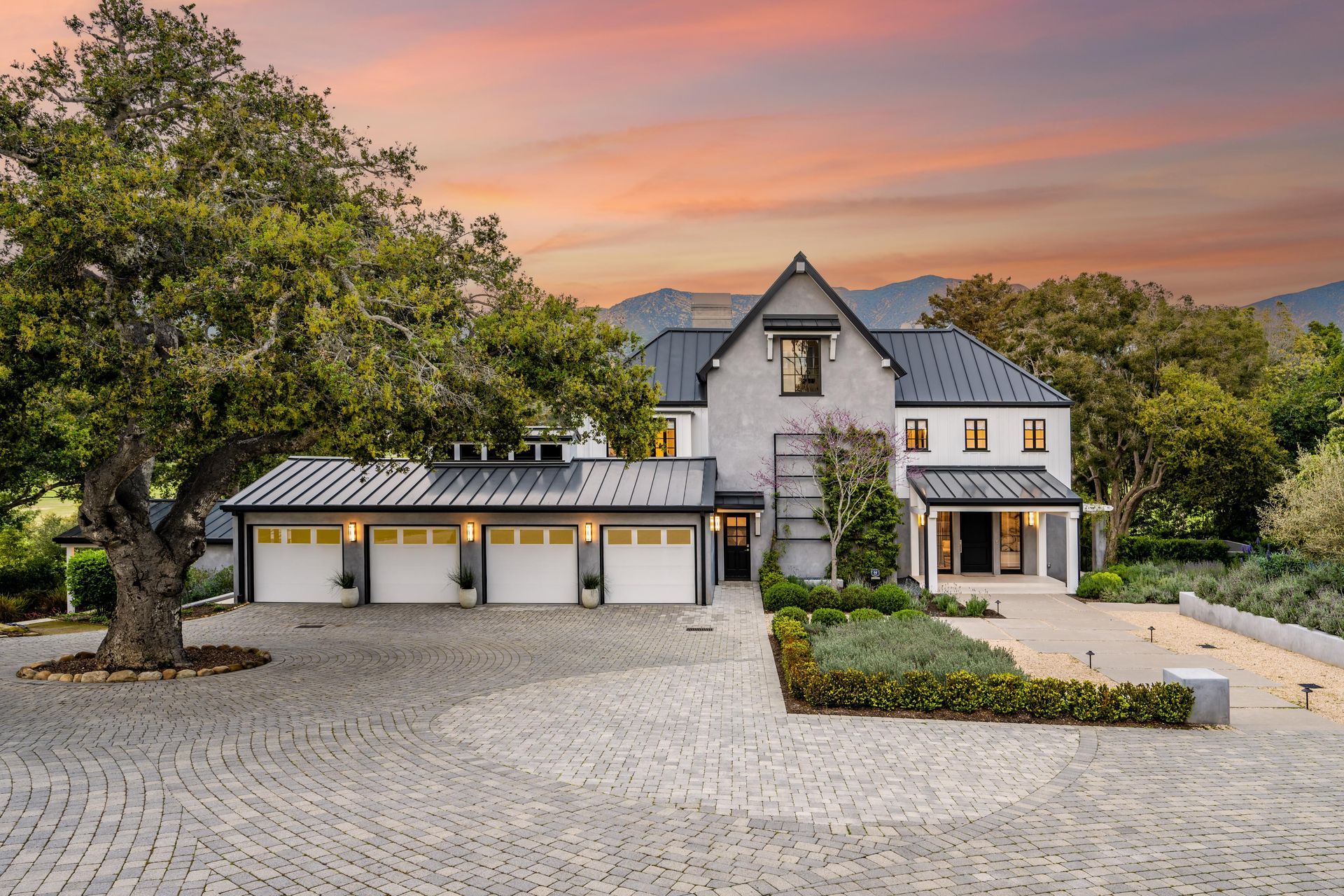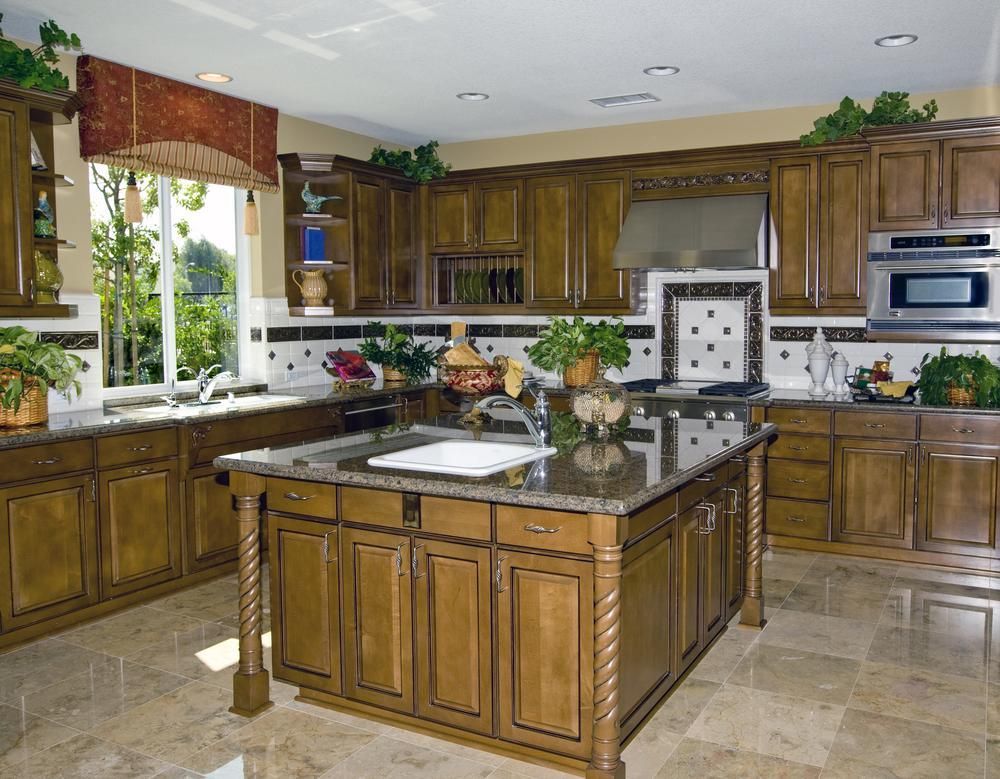Energy efficiency upgrades are a popular choice for homeowners looking to reduce their environmental impact while saving money on energy bills. Here’s a more detailed explanation of the suggested energy efficiency upgrades:
Energy-Efficient Appliances: When remodeling your home, consider replacing old, energy-guzzling appliances with new, energy-efficient models. Look for appliances with ENERGY STAR ratings, which indicate that they meet or exceed energy efficiency standards set by the Environmental Protection Agency (EPA). Energy-efficient appliances, such as refrigerators, dishwashers, washing machines, and HVAC systems, use less electricity or gas to perform their functions, resulting in lower energy consumption and reduced greenhouse gas emissions.
LED Lighting: Replace traditional incandescent or fluorescent bulbs with energy-efficient LED (light-emitting diode) lighting. LED lights use significantly less energy than traditional bulbs and have a longer lifespan. They produce less heat and can be dimmable, giving you more control over your lighting needs. LED lighting is available in a variety of styles and color temperatures, allowing you to create the desired ambiance in your remodeled spaces while reducing your energy usage.
Smart Thermostats: Install smart thermostats, such as Nest or ecobee, as part of your home remodel. Smart thermostats can learn your preferences and adjust the temperature settings accordingly, optimizing energy usage and providing better control over heating and cooling. They can be programmed or controlled remotely through a smartphone app, allowing you to adjust temperature settings even when you’re away from home. By optimizing your heating and cooling schedules, smart thermostats help reduce energy waste and lower your utility bills.
Insulation and Weatherization: During the remodel, consider improving insulation and weatherization throughout your home. Proper insulation helps retain heated or cooled air, reducing the need for excessive energy consumption. Insulate walls, floors, and attics to prevent air leaks and maintain a comfortable indoor temperature. Seal gaps and cracks around windows, doors, and ducts to minimize drafts and air infiltration.
Solar Panels: While not directly related to the remodel itself, installing solar panels on your home can be a significant energy efficiency upgrade. Solar panels generate clean and renewable energy by converting sunlight into electricity. By producing your own electricity, you can reduce reliance on traditional energy sources and lower your carbon footprint. Depending on your location and energy usage, solar panels can significantly offset your electricity costs over time.
By incorporating these energy efficiency upgrades into your remodel, you can make your home more environmentally friendly, reduce energy waste, and save money on your energy bills. Additionally, reducing energy consumption contributes to the broader goals of sustainability and mitigating climate change by decreasing greenhouse gas emissions.

